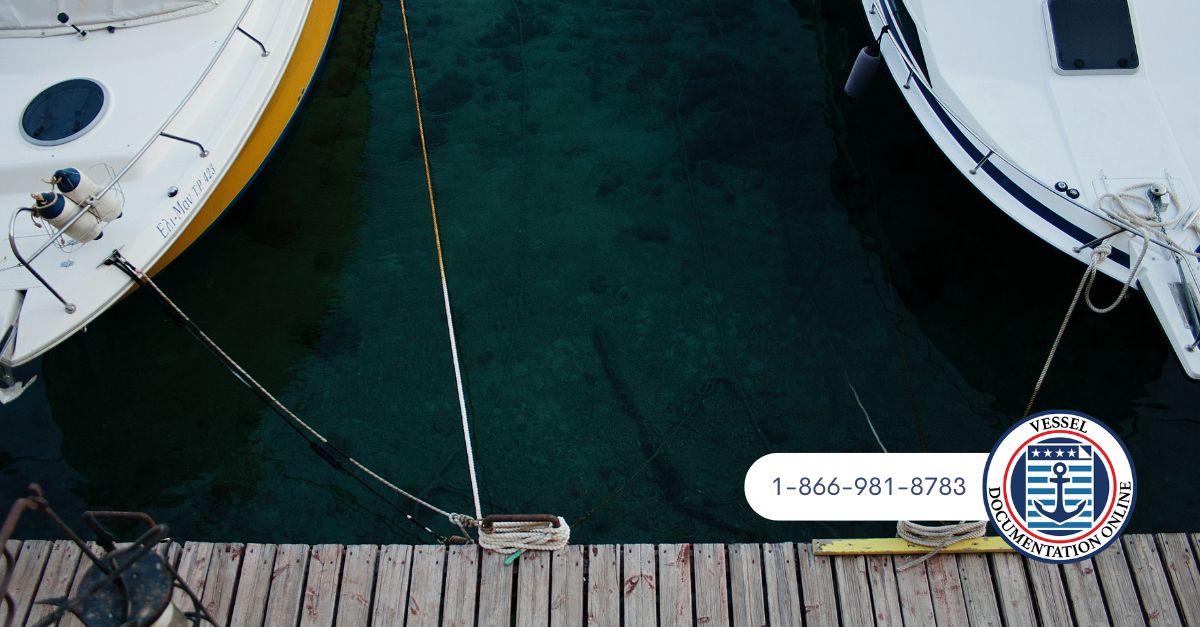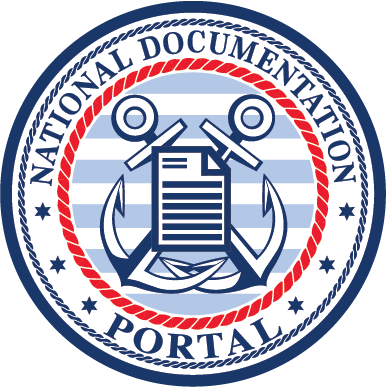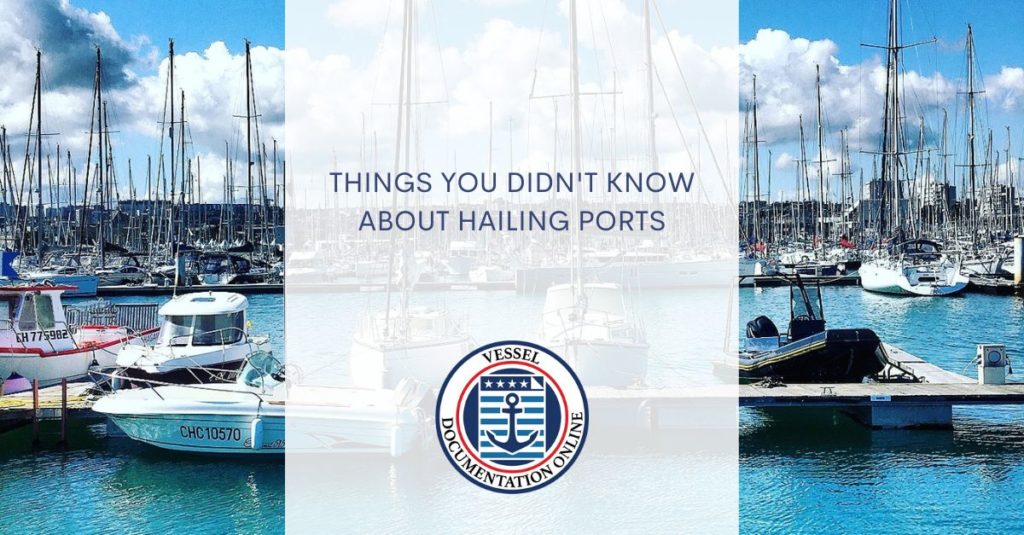You might already be aware of this, but did you know there are certain ports from which vessels must hail to maintain clear communication with the other ships and the Coast Guard? Hailing ports are predetermined spots on land or water where a ship may make radio contact with another ship or the land itself.
This blog article will cover the exact information you need about these areas, which is why you should read it. As the vessel owner, you know the significance of hailing ports. However, were you aware that certain procedures must be followed while calling a port? Here is some information regarding hailing ports you may not have been aware of.
Not All Vessels Are Required to Hail a Port
If you’ve ever seen a cruise ship enter a harbor or dock in a port, you may have noticed that the crew does not moor in any particular place but drops anchor until it is time for them to depart, according to state.gov. The crew does not want to disrupt the harbor or port traffic flow. Sometimes they will drop anchor right in front of another cruise ship, which can result in some hilarious situations, especially if the other ship drops anchor right next to an excursion boat filled with tourists.
This is because many cruises follow sail-and-stay itineraries, which only require them to make a short stop at each port before continuing to the next one, or they sail roundtrip. It may be necessary to disclose its cargo at some point during the journey, but there is no information on the time or place of this requirement.
You Can Hail a Port Using Either VHF Or Radiotelephone
Calling out to a neighboring port to ask for permission to enter its waters is called “hauling ports.” Each nation has its norms and regulations regarding the hailing ports, which constantly change. Remember to abide by the laws and regulations of the country you visit, no matter how relaxed their policies may be compared to those of your own country. Knowing these restrictions and how they vary from nation to country will help ensure a trouble-free trip.
Hail them on a VHF radio, which operates between 161 and 174 MHz, or 2182 and 2217 MHz, as the case may be in some nations (in some countries). Although this radio may transmit and receive over greater distances and with higher quality than radiotelephone frequencies, its usage by ships is less prevalent for safety reasons. To hail a port, even without an HF radio, you may use radiotelephone frequencies between 1.6-3 MHz, which can be picked up by any ship with even the most basic marine radio.
There Are Specific Times of Day When You’re Required to Hail a Port
Similar to email, hailing ports allows you to contact other ships in the area. They are written first and then sent out. It’s true, but few people realize you must hail a port only during certain hours. Indeed, the United States Coast Guard has mandated mandatory reporting times, which vary under the size of the vessel. You must hail a port at least once every four hours if your vessel is 20 meters or longer (about 65 feet). A port must be called every two hours if your boat is less than 20 meters long (about 65 feet). Instead of checking in every four or two hours at night, you must do it every hour. When it is nighttime, not simply immediately after sunset, the legal period for hailing ports is from one hour after sunset to one hour before daybreak. For example, if you don’t call when you depart, it can seem that your vessel never left its prior port of call; hence all ships and planes must do so.

You Can Only Do Certain Hail Ports Depending on Your Location
Hailing ports are strategically placed worldwide, but you’ll only be able to access certain of them based on your current position. Go to IGN’s Interactive Map and type in the name of the closest city or landmark to see whether there is a port within reach.
Once you’ve located it, choose the “Special Places” menu item and the “Hail Port” symbol. The port is accessible if the sky is blue. If the light is red, boat travel is not permitted. This rule seems arbitrary at first, but it makes perfect sense. It seems to be the reason that the distance between two points you would need to sail between would also be very short if the two points were near each other on land.
(Remember: the ocean can’t be measured in miles!) As a result, if you find that you are closer to another location than they are to you, the other locations’ ports are too far away for you to reach them by boat.
You may be familiar with the term “hailing port” but may not know its meaning. If you are in the market to purchase a boat, this is a term that you will want to know. A “hailing port” is where the boat hails from and is usually where the boat is registered. This could differ from where the boat was built or where it is currently located. For foreign-flagged boats, there are a few factors to keep in mind before determining what is considered to be that vessel’s “hailing port.” In general, these factors include:
Hailing ports play an important role when it comes to vessel safety and regulations around the world. Vessel Documentation Online LLC provides services that can help you with your vessel documentation needs, including hailing port services. Do not hesitate to contact Vessel Documentation Online LLC by calling (877) 564-1398.

